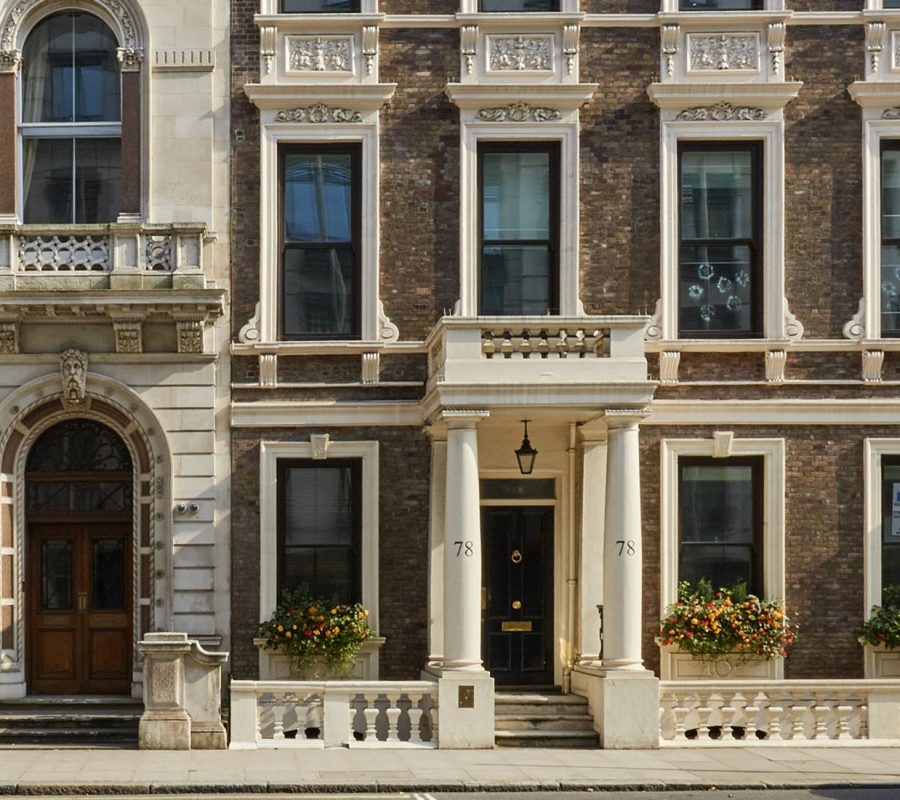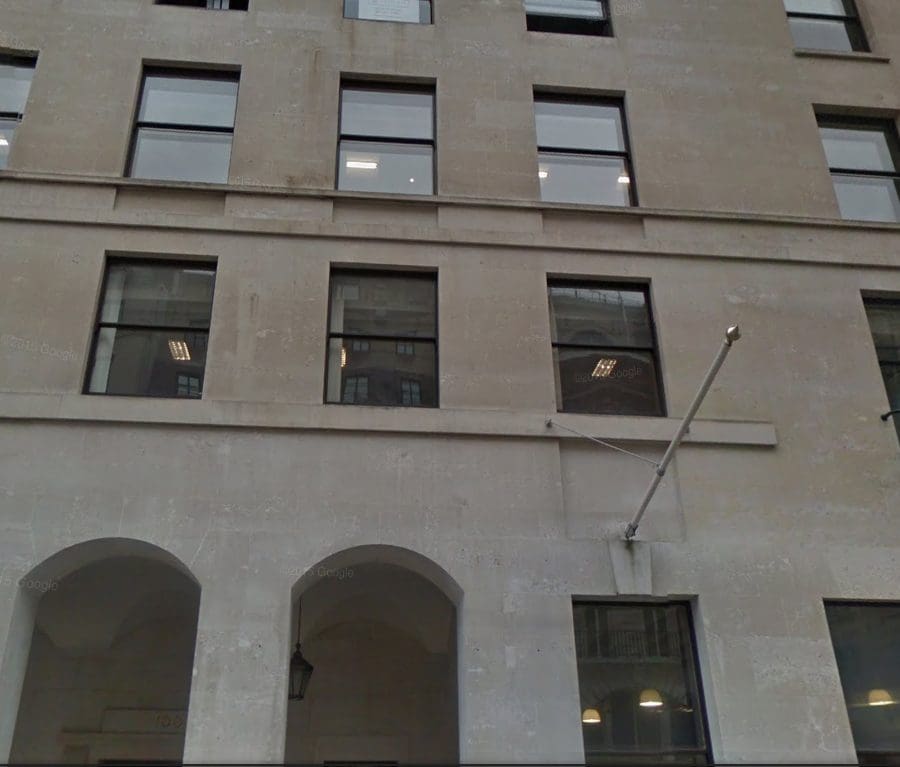Location:Pall Mall
Office Space Pall Mall
Pall Mall is a long, straight road that runs from St James’s Palace to Trafalgar Square. Its attributes made it perfect for members of the royal family, such as James I, Charles I, and Charles II, to play their beloved games of pallamaglio — an Italian game requiring a ball and mallet, from which the thoroughfare’s name derives. Whilst occupiers of office space on Pall Mall may no longer engage in the game, they enjoy the prestige that the 0.4 miles (0.6 km) Central London Street provides.
Today, it runs east in the St James’s district, from St James’s Street across Waterloo Place to the Haymarket and continues as Pall Mall East towards Trafalgar Square.
The street was constructed in 1661, replacing an earlier highway thought to date to Saxon times. It ran from the Haymarket to where the royal residence, which was originally the leper colony called St James’s Hospital, which had been built in the 12th century, now stands.
The ball game, which was somewhat of a cross between croquet and golf, was introduced to England by Charles I in the early 17th century. London’s first ‘pall-mall’ court was built in 1630 at St James’s Field north of the Haymarket.
In 1660, following the Restoration, during which the Stuart monarchy was re-instated in England, Scotland, and Ireland, Charles II returned to London, and another pall-mall court was constructed in St James’s Park just south of the boundary wall on the site of The Mall.
In 1661, a new road was built on the site of the old pall-mall court. It was named Catherine Street, after the wife of King Charles, Catherine of Braganza, but it was better known locally as Pall Mall Street or the Old Pall Mall.
The street was developed extensively between 1662 and 1667 by the Earl of St Albans, who had a lease from the Crown in 1662 on 45 acres (18 ha) of land previously part of St James’s Fields. He laid out the site for the development of St James’s Square, Jermyn Street, Charles Street, St Albans Street, King Street, and other streets that now make up St James’s.
The location was convenient, close to the royal palaces of Whitehall and St James, and grand houses on the east, north, and west sides of the square, along with those on the north side of Pall Mall, were developed.
By the 18th century, Pall Mall became well known for its shops, such as bookshops and clock shops, as well as its prestigious houses, which became popular with writers and artists.
Experimental temporary gas lighting was installed in 1807 to celebrate King George III’s birthday, and permanent lighting was installed in 1820, making it the first street in London to be illuminated in this way.
Many gentlemen’s clubs were built on Pall Mall in the 19th and early 20th centuries, and many are still operational today. Like others in London, many of these have since opened their memberships to women.
The occupier mix remained eclectic, and the British War Office was located on Pall Mall between 1855 and 1906 before moving to Whitehall.
Today, as one would expect, being in St James’s and near Mayfair, offices on Pall Mall are some of the best in London and demand some of the highest rents.
Many offices are within the grand, period, often listed buildings that have been impeccably renovated to offer a state-of-the-art contemporary office experience within a traditionally elegant and exclusive setting.
Offices are available to rent on Pall Mall conventionally through a lease. A growing number of agile and flexible office spaces and workspace solutions, such as private serviced offices, managed offices, and co-working spaces within business club settings, are also available.
These solutions offer the utmost convenience because they are fully fitted and equipped with modern enterprise-grade IT systems and business technologies. They have been furnished exquisitely, requiring no upfront capital expenditure.
For efficiencies, these offices are available with all-inclusive pricing, so the monthly rent covers running costs such as utilities, cleaning, and insurance, as well as items such as boardroom use and the services of reception, secretarial, and concierge teams.
Those choosing to occupy commercial property on Pall Mall are in good company. It has been chosen as the location of embassies for countries including Armenia, Brazil, and Kazakhstan, as well as the New Zealand and Papua New Guinea High Commissions.
High-profile companies renting office space on Pall Mall include multinational automotive distribution company Inchcape, professional services organisation the Institute of Directors, investment firms Icon Capital and Permira Advisers LLP, and oil company Kuwait Petroleum Corporation.
Being located in the heart of the West End of London, there is an abundance of amenities, including bars, restaurants, hotels, and shops close by and on the doorstep, such as Searcys at 116 Pall Mall and the Michelin-starred Wild Honey at 8 Pall Mall.
As mentioned above, Pall Mall is integral to London’s ‘Clubland’ and is still home to several private members’ clubs, such as the Army and Navy Club, The Athenaeum, Oxford and Cambridge Club, Reform Club, and Royal Automobile Club, which offer a range of premium amenities and facilities.
The Royal Automobile Club is just one example of a club that offers its own business centre to members. Named after the club’s founder, Frederick Simms, who established the club in 1897, the Simms Centre offers ‘hot desk’ workstations equipped with PCs, phone booths for private telephone or video calls, meeting rooms of various sizes and degrees of formality, and various options for refreshments.
Businesses that rent office space on Pall Mall are well served by public transport. Green Park, Piccadilly Circus, and St. James’s Park London underground tube stations are all within easy walking distance.


